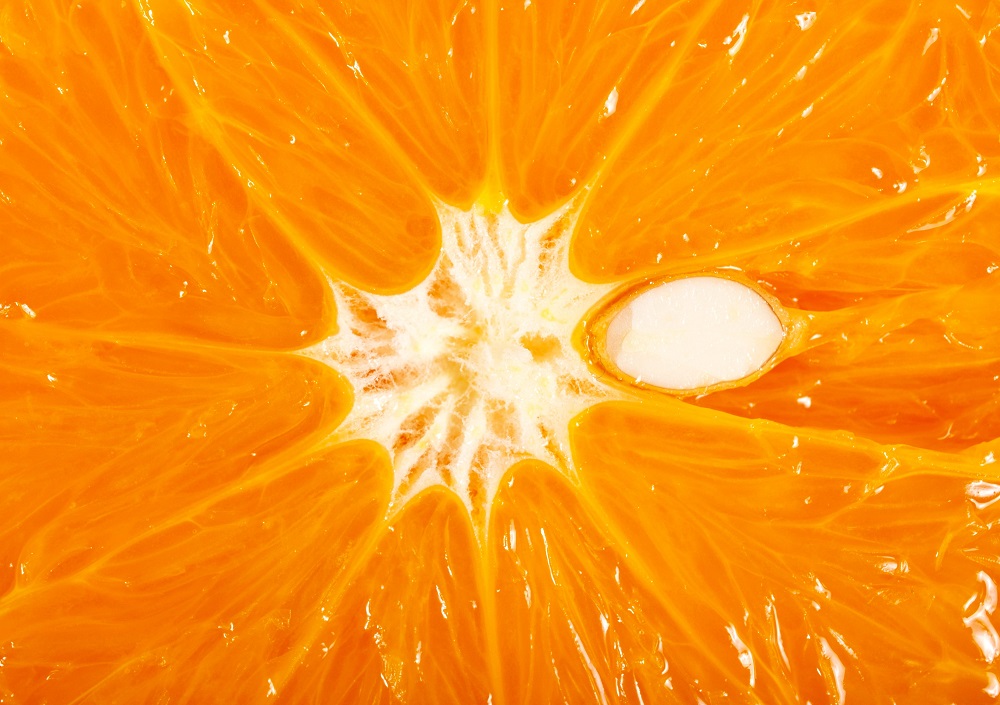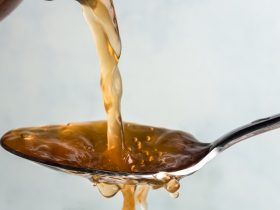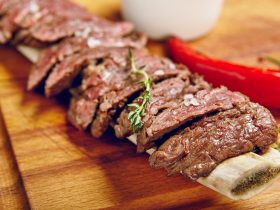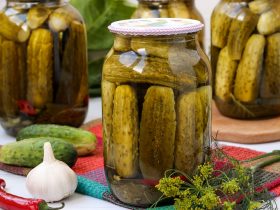Oranges are amongst the most popularly purchased fruits throughout much of the western hemisphere because they are used for a variety of purposes. From simple peel garnishing to producing orange juice, oranges often undergo different types of mechanical processes in order to shape them to one’s desires.
Because of the physical nature of seeds, this mechanical processing of the oranges may be difficult, and as such it is a good idea to either remove the seeds prior to processing the orange or to otherwise purchase seedless orange varieties.
Yes, much like apples, oranges have seeds deep within the center of their flesh. Contrary to what most people believe, oranges do not in fact have pits, and it is botanically incorrect to refer to the orange’s seeds as such. However, this depends on the particular species of orange, as certain species have been cultivated and developed so as to reduce or eliminate the presence of seeds.
Are There Seedless Oranges?
While many species of orange possess seeds in order for them to propagate, there are a select few species of oranges that have either been specifically bred to be seedless or have developed this trait naturally on their own.
The most famous of these seedless orange species is called the navel orange, widely considered to be the ideal form of orange because of its soft and thin peel which can be removed quite easily as well as its fragrant flavor.

Apart from the navel orange, there is also California-based Valencia orange. Named after the famous oranges of Valencia, Spain, Valencia oranges were originally cross-bred by an American agronomist over a century ago.
While the Valencia orange is not as easy to peel or as sweet in taste as navel oranges, they are still a succulent and juicy fruit with no seeds, perfect for juicing or pureeing with no set-backs from the presence of seeds.
Lastly, another species of seedless commercially available orange is the Jaffa orange. Cultivated in the same time period as the Valencia orange, the Jaffa orange takes its name from the city of Palestine, in which it was originally bred and popularized.
Unlike the navel orange, the Jaffa orange is said to have a significantly thicker rind, and as such is both more difficult to peel as well as provides less edible flesh to be eaten. Flavor-wise, the Jaffa orange is said to have a more subtle taste than either of the two other seedless orange varieties, though it is still relatively sweet.
However, the Jaffa orange is unsuitable for purposes such as juicing or similar purposes, and as such defeats half the purpose of its lack of seeds.
What Species of Oranges have Seeds?
Unlike the seedless varieties of orange, species of this fruit with seeds are far more numerous. Though less popular, oranges with the particular trait of developing seeds are readily available across most of the developed world, and as such are often less pricey due to the fact that they need not be imported from elsewhere.
Among the most common oranges with their seeds still present are the Hamlin, the tangerine or mandarin orange as well as the famous blood oranges.
It is important to keep in mind that though these different species of orange still retain their ability to produce seeds, they are not similar in texture or taste. Mandarin oranges, for example, are small and significantly sweeter than some other forms of oranges, and as such are more suitable for snacking instead of juicing or garnishing.
Is it Possible to Eat Orange Seeds?
In the event that you or a child have accidentally eaten the seeds of an orange, there is nothing to fear. Unlike apple seeds, orange seeds contain no compounds that can be considered harmful to the human body.
In fact, orange seeds are highly nutritious, and it is not unusual for people suffering from certain vitamin deficiencies to consume the seeds of an orange alongside the fruit itself in order to maximize the nutritious benefits that may come with eating the orange.
However, it is best not use orange seeds as an ingredient or garnish because they present a noticeably bitter and astringent flavor when their outer dermis is cracked.
What are Orange Seeds Used for?
Orange seeds have a variety of uses both in a commercial setting and for any avid health-conscious person at home.
Primarily, consuming orange seeds is an excellent source of fiber, which both aids digestion and provides a small amount of energy to your cells. Apart from the fiber present within orange seeds, chemical compounds referred to as antioxidants are also readily available in orange seeds. These particular compounds help combat the effects of oxygen on your cells, potentially extending their life-span.
Asides from directly eating orange seeds, certain companies or home chemists may also press the orange seeds in order to extract the lipids present within them. This fluid, referred to as essential oil, makes both an excellent flavoring agent for desserts as well as a highly fragrant perfume when diffused in the proper manner.
It is also possible to produce a tea from both the seeds and the peel of the orange using a tea steeper or by grinding up these orange materials in a food processor. The benefits to doing this are disputed, and the flavor is far more bitter than one would expect from a tea made from oranges, however some believe that this tea provides excellent cellular components for storing and using energy.
Can Orange Seeds Sprout?
Yes. If left in the correct conditions, orange seeds will sprout or germinate all on their own, and as such make an excellent at-home project for anyone with a green thumb. The exact results of this germination, however, are generally unpredictable, especially if the parent fruit was a cross-breed or otherwise cloned in order to preserve their unique genetic components.
References
1. Coit, John Eliot (1915). Citrus fruits: an account of the citrus fruit industry, with special reference to California requirements and practices and similar conditions. The Macmillan Company.
2. Kimball, Dan A. (June 30, 1999). Citrus processing: a complete guide (2d ed.). New York: Springer.





Hi, I'm Dom
Dom Eats was started to help other people fall in love with food. While cooking can feel intimidating, it doesn't have to be.